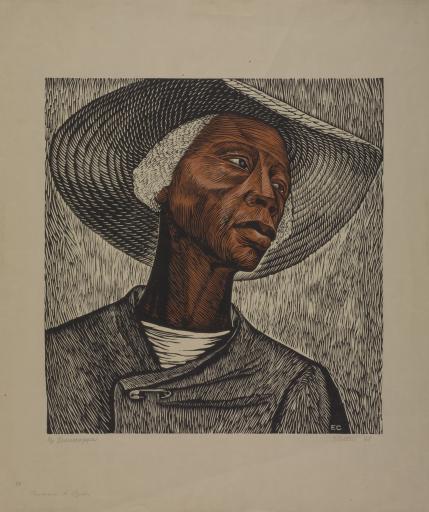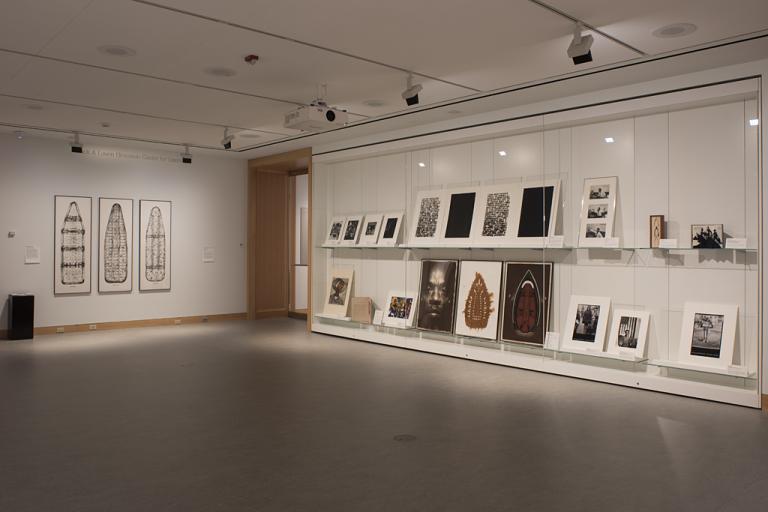Sharecropper, Elizabeth Catlett
Artwork Overview
Elizabeth Catlett, artist
1919–2012
Sharecropper,
1952
Where object was made: United States
Material/technique: linocut; card stock; wove paper
Dimensions:
Image Dimensions Height/Width (Height x Width): 450 x 421 mm
Sheet/Paper Dimensions (Height x Width): 648 x 547 mm
Image Dimensions Height/Width (Height x Width): 17 11/16 x 16 9/16 in
Sheet/Paper Dimensions (Height x Width): 25 1/2 x 21 9/16 in
Mat Dimensions (Height x Width): 32 x 24 in
Image Dimensions Height/Width (Height x Width): 450 x 421 mm
Sheet/Paper Dimensions (Height x Width): 648 x 547 mm
Image Dimensions Height/Width (Height x Width): 17 11/16 x 16 9/16 in
Sheet/Paper Dimensions (Height x Width): 25 1/2 x 21 9/16 in
Mat Dimensions (Height x Width): 32 x 24 in
Credit line: Museum purchase: Friends of the Art Museum
Accession number: 1995.0020
Not on display
If you wish to reproduce this image, please submit an image request







